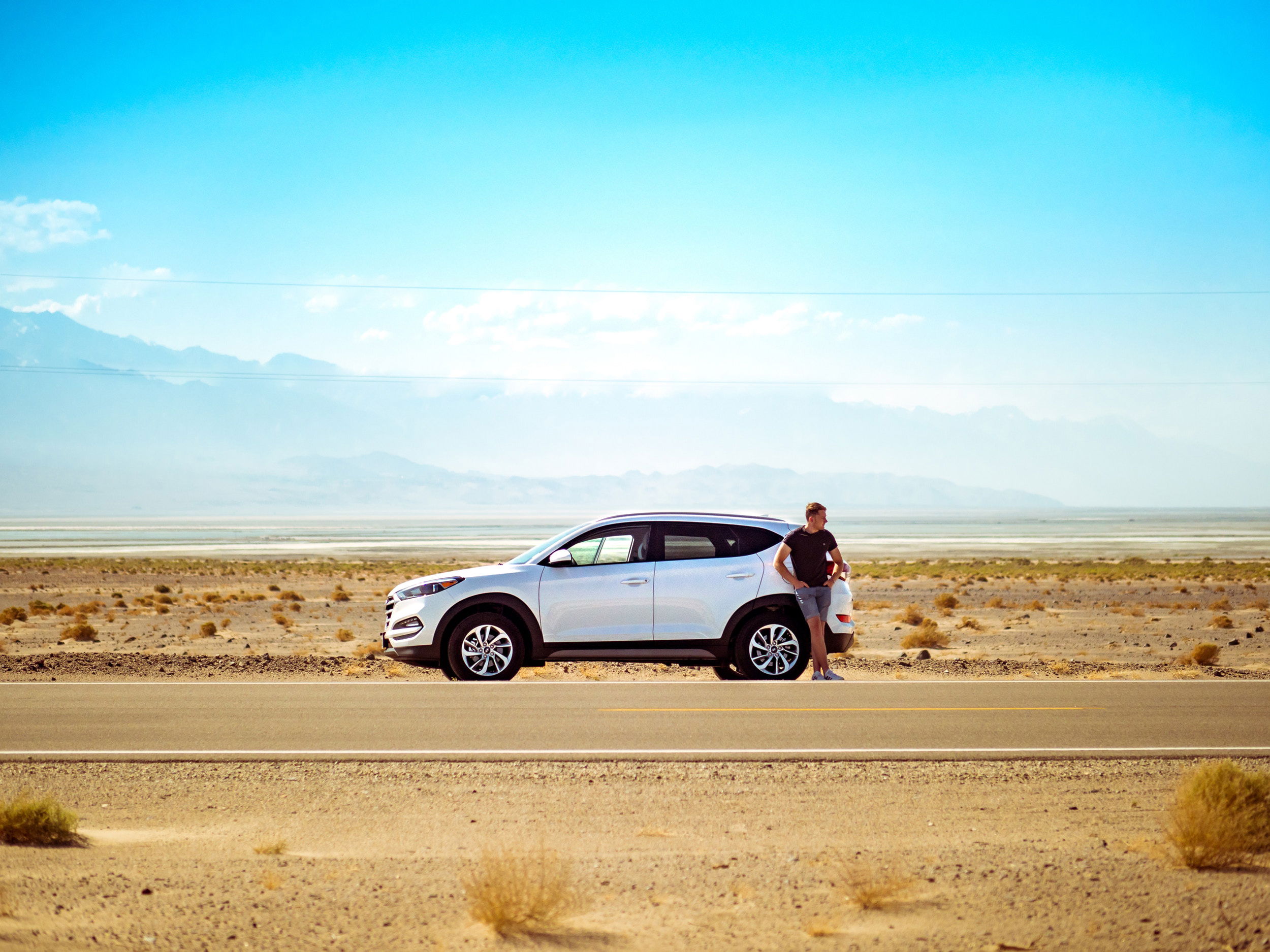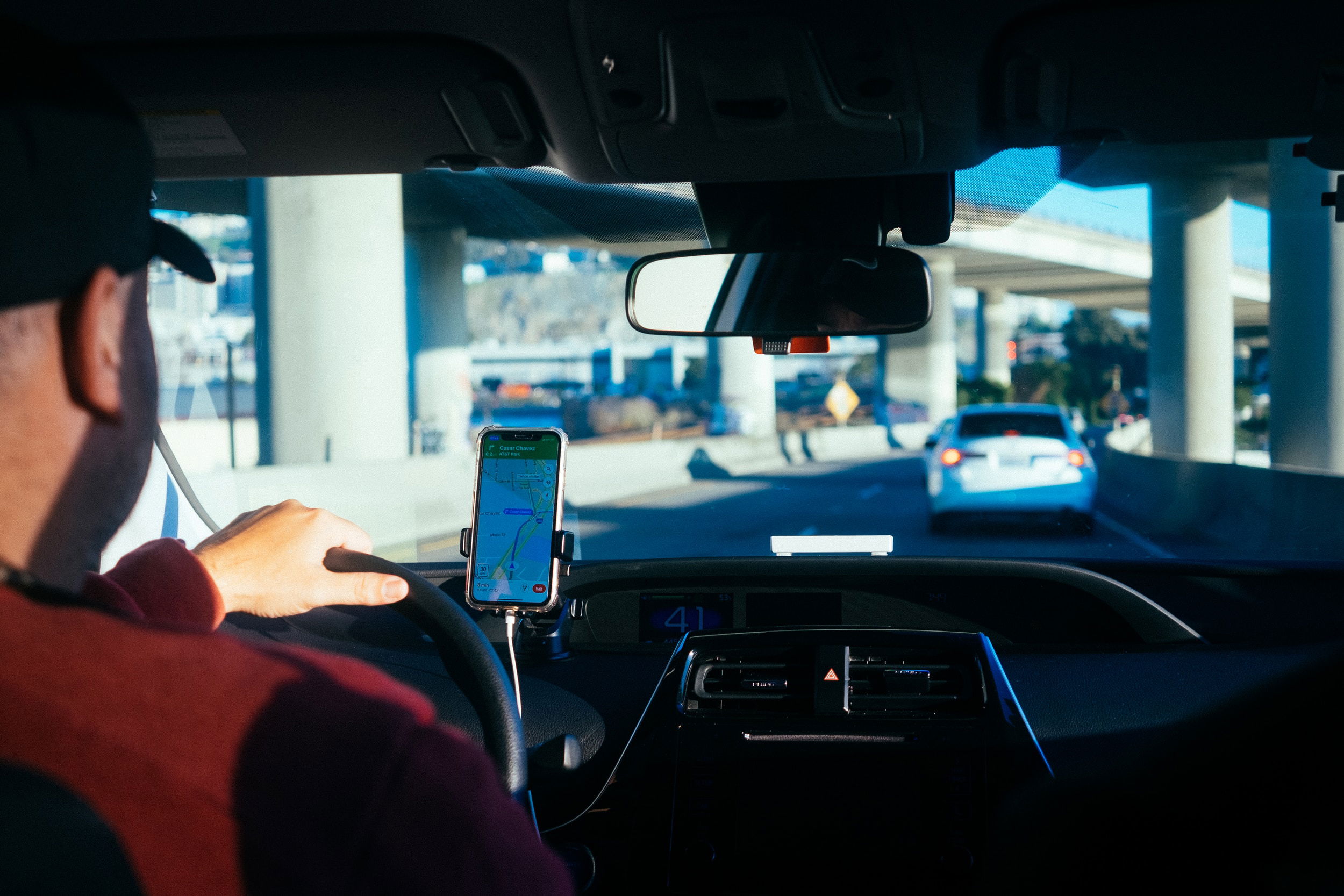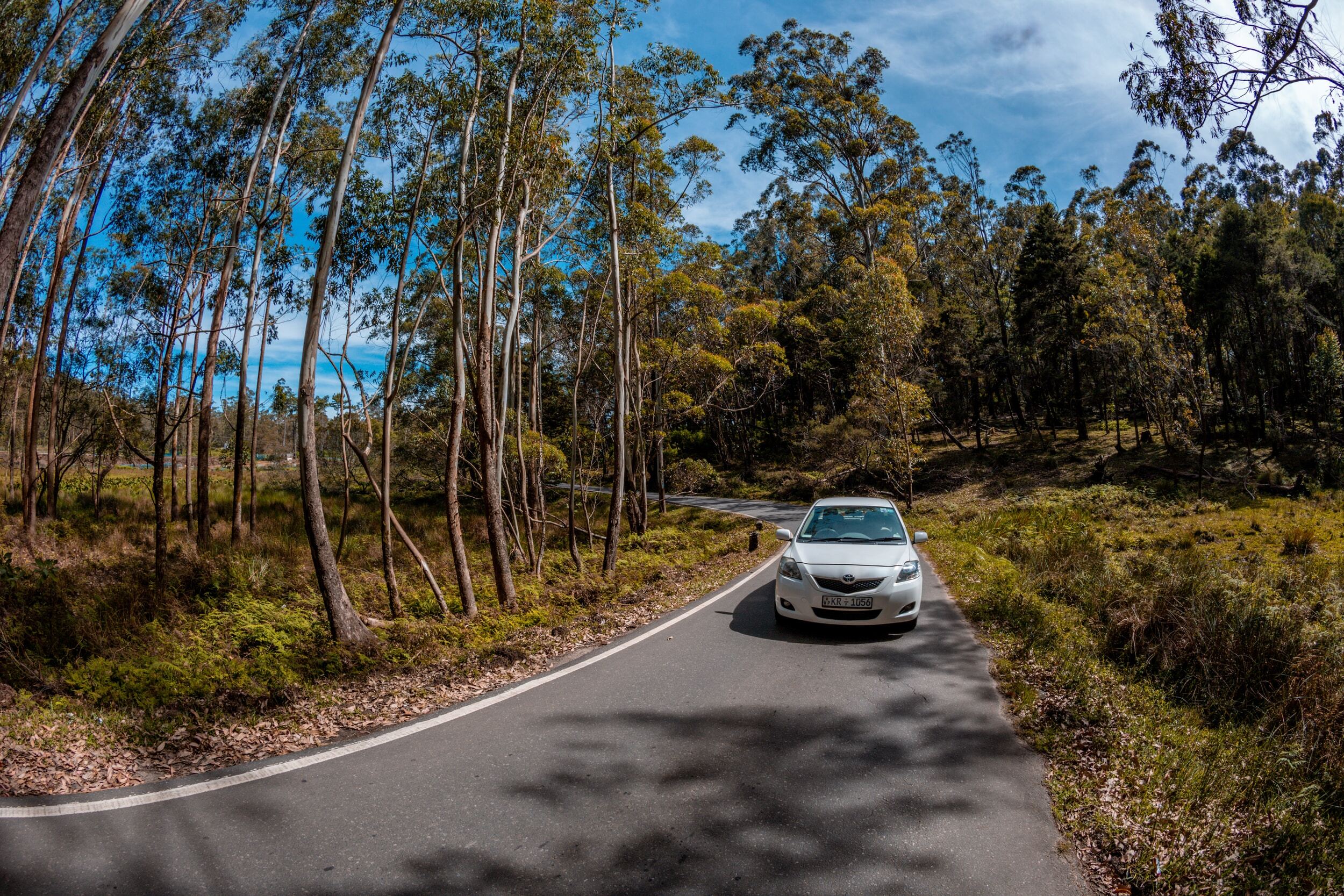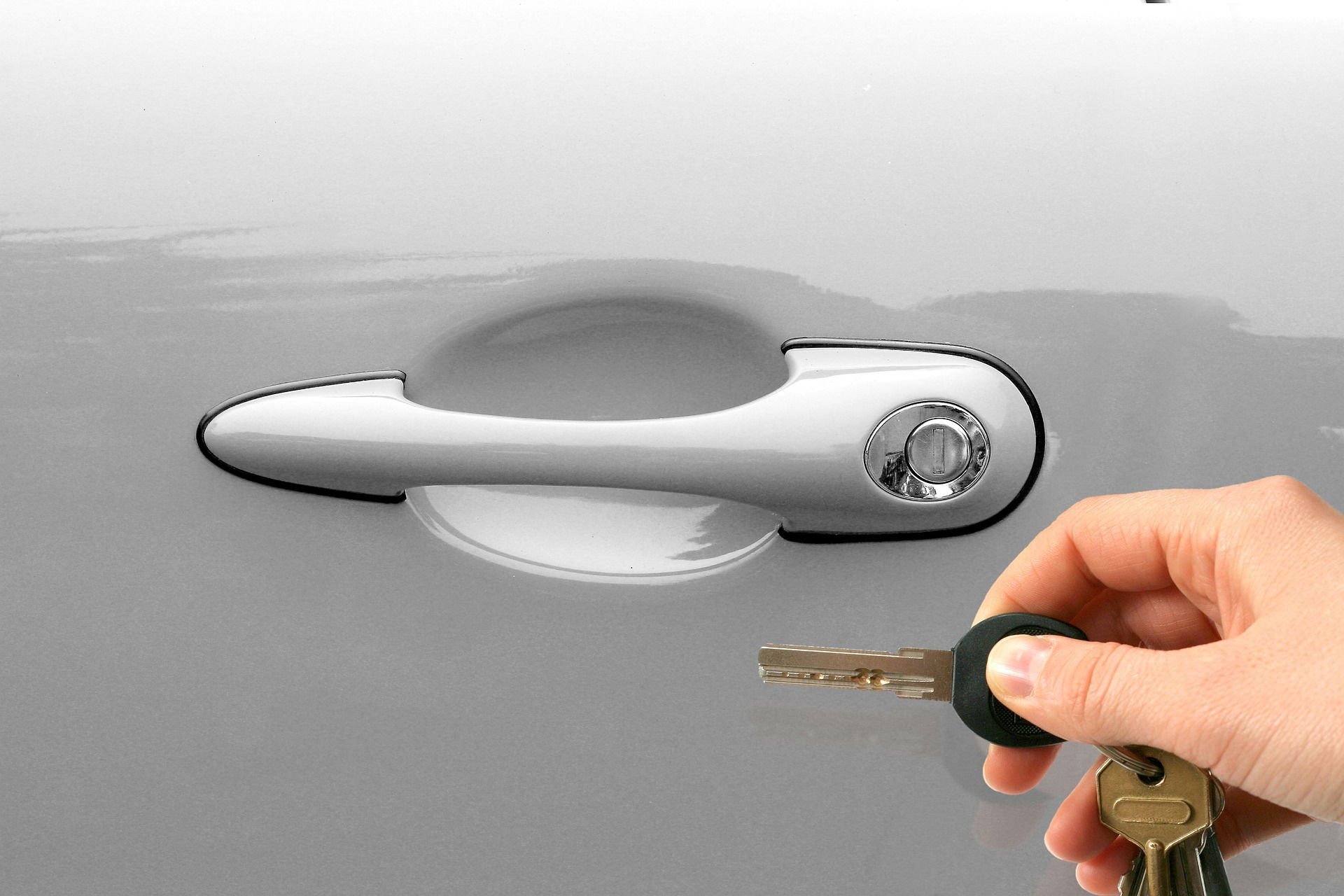Planning to rent a car in Europe? A new study reveals the 10 worst countries to rent a car in Europe, where high costs, safety risks, and poor customer service could ruin your trip.
Picture this: You land in The Old World, eager to explore, only to get hit with a €200 "hidden fee" at the rental counter—or worse, end up in a fender bender on chaotic roads.
A new study by Value My Car reveals the 10 European countries where renting a car could turn your dream trip into a headache.
Spoiler: Belgium tops the list, with shockingly high accident rates (3,983 per million people) and dismal customer reviews. Italy and Portugal aren’t far behind, where cheap daily rates mask sketchy rental practices and dangerous driving conditions.
For North American travelers, the risks go beyond pricey rentals. Imagine arguing over pre-existing scratches in broken Italian or navigating Belgium’s accident-prone highways after a red-eye flight. Even "safe" countries like Switzerland drain wallets with $60/day rentals—while Austria’s pristine Alps roads hide the continent’s highest crash rate.
The study analyzed six brutal factors, from fuel costs to traffic chaos, proving that sometimes, trains or buses are the smarter move. If renting a car abroad has become such an onerous gamble, find out where the odds are stacked against you.
See also:
10 Safe And Legal Places You Can Sleep In Your Car For Free If You’re Homeless
The 10 Worst European Countries For Renting a Car (Ranked)
| Rank | Country | Avg. Rental Cost (USD/Day) | Road Accidents (per 1M people) | Customer Review Score (out of 5) | Key Summary |
| 1 | Belgium | $42 | 3,983 | 4.02 | Highest accidents, low satisfaction |
| 2 | Italy | $37 | 2,883 | 3.9 | Worst reviews, aggressive driving |
| 3 | Portugal | $27 | 3,618 | 4.22 | Cheap but dangerous roads |
| 4 | Germany | $45 | 3,612 | 4.24 | High costs + accident risk |
| 5 | UK | $42 | 1,847 | 4.0 | Moderate risk, mediocre value |
| 6 | Switzerland | $60 | 2,071 | 4.4 | Most expensive, decent safety |
| 7 | Austria | $45 | 4,024 | 4.35 | Highest accident rate in Europe |
| 8 | Luxembourg | $45 | 1,592 | 3.8 | Worst reviews despite safe roads |
| 9 | Sweden | $50 | 1,331 | 3.9 | High cost, low satisfaction |
| 10 | Ireland | $42 | 1,333 | 4.4 | Great reviews but pricey for risks |
Data sourced from Value My Car’s 2024 study analyzing rental costs, safety, and customer reviews.
Key Takeaways:
- Belgium (#1): Worst combo of accidents + bad reviews.
- Italy (#2): Cheap but terrible customer service.
- Portugal (#3): Low cost but dangerous roads.
- Switzerland and Ireland: Expensive but safer
Why These Countries Ranked Worst For Car Rentals

Photo Credit: Leio McLaren/Unsplash.
Apparently, renting a car in Europe is a calculated risk. The Value My Car study analyzed six critical factors: rental costs, accident rates, customer satisfaction, fuel prices, road quality, and traffic congestion.
Here’s why these 10 countries emerged as the riskiest for short-term rentals:
Safety First? Not Here
Belgium (#1) and Austria (#7) have Europe’s highest accident rates—4,024 and 3,983 crashes per million people, respectively, according to the European Transport Safety Council.
For comparison, the EU average is just 2,100. Portugal (#3) and Germany (#4) follow closely, with accident rates 70% above safer destinations like Sweden. Aggressive driving, dense urban traffic, and poorly maintained rural roads contribute to these dangers.
The Price Isn’t Right
Switzerland’s $60/day average rental cost is the steepest in Europe, yet it still ranks #6 due to middling safety. Meanwhile, Portugal’s $27/day seems like a steal—until you factor in its 3,618 accidents per million. Italy’s low cost ($37/day) is undermined by its 3.9/5 customer reviews, the worst in the top 5.
Customer Service Nightmares
Luxembourg (#8) has the lowest satisfaction score (3.8/5), with renters citing "hidden fees" and "unresponsive staff" (Trustpilot, 2024). Italy’s reviews mention bait-and-switch tactics—booking a compact car but being forced into costly upgrades.
Hidden Costs and Infrastructure Issues
Fuel prices: Belgium and Germany have €2.10+/liter, 20% above the EU average.
Congestion: London and Brussels rank among Europe’s top 10 most gridlocked cities, inadvertently eating into rental value.
The Bottom Line
As the study’s spokesperson noted: "Road safety and pricing alone don’t determine a good rental experience." These countries prove that even famous destinations can be high-cost, high-risk gambles for drivers and tourists.
The Dirty Truth About European Car Rentals: Why "Cheap" Can Cost You

Photo Credit: Jamie Street/Unsplash.
Europe’s cheapest rentals often deliver the costliest surprises. For example, Switzerland’s $60/day rentals seem outrageous—until you realize Portugal’s "bargain" $27 rate comes with Europe’s third-highest accident risk (3,618 crashes per million).
But the real scams lurk in the fine print:
- Hidden Fees Trap: Italy’s "€25/day" deals balloon to €80+ with mandatory insurance (CDW), toll tags, and "cleanliness fees" (European Consumer Centre data).
- Bait-and-Switch Epidemic: Luxembourg agencies advertise economy cars, then claim "none available"—forcing €50/day upgrades (500+ Trustpilot complaints).
- Fuel Scams: Portugal’s "full-to-empty" policies charge €3.50/liter for unused fuel—triple market rates (Auto Europe study).
Always book through major brokers, such as Rentalcars.com, as they audit local partners. And never prepay, says David Armstrong, The Guardian Travel Editor; leverage credit card insurance instead.
5 European Car Rental Scams To Watch For

Photo Credit: Erik McLean/Unsplash.
Veteran travelers know the real cost of a European rental isn’t the sticker price but the minefield of predatory fees.
Beyond the usual warnings, these tactics catch even savvy renters:
The "Ghost Damage" Scam
Agents in Italy and Greece often note pre-existing scratches only in Italian/Greek on contracts.
Your Defense: Film a 360° walkaround video with timestamp (Google Timestamp Camera app) and demand all damage reports in English.
The Empty-Tank Double Cross
Portugal’s "full-to-empty" policy seems fair—until you’re charged €150 for "missing" fuel you never used.
Your nuclear option: Refuel at a station within sight of the rental lot and photograph the pump receipt with the odometer.
The Insurance Shakedown
French brokers routinely claim your credit card coverage is "invalid" unless you buy their €30/day policy.
Your Countermove: Carry a printed letter from your card issuer (in local language) confirming rental coverage—90% of agents back down.
The "Mandatory" Upgrade Racket
German agencies "run out" of economy cars, then push €80/day SUVs.
Your Power play: Book through AutoSlash (tracking real-time inventory) and demand a written downgrade if forced to take a larger vehicle.
The "After-Hours Drop-Off" Scam
In Spain and Croatia, agencies encourage after-hours returns to "save time," only to later claim you damaged the car—with no staff present to verify.
How to beat it: Never return a car unattended—even if it means waiting until morning. Use a witness, including having a gas station attendant or hotel clerk sign/time-stamp your pre-return inspection. You can also consider using the tripwire trick, where you place a hair across scratches and photograph it—if moved, they've tampered with evidence.
Pro Tip:
Rent at major train stations (like Zurich HB)—their on-site agencies face stricter oversight than airport counters. While all of this sounds like the rental agreement in Europe is more a battle plan than a contract, it’s always better to arm yourself accordingly.
For context, the “after-hours drop off” scam costs travelers €300+ on average, according to the European Consumer Centre data. Your surest battle plan against this scam is to demand paperwork every time.
Note that some Barcelona renters keep keys until next opening—forcing accountability.
See also:
Top New Cars Under $20,000 in 2025 Around The World
5 Armor-Plated Rules To Outsmart Rental Scams

Photo Credit: Jorge Saavedra/Unsplash.
- Forensic Documentation – Do a 5-minute video walkaround (include tire treads, roof, and undercarriage) with timestamp proof.
- Review the Reviewers – Filter Google Maps for "scam" and "hidden fees" in local languages (use Chrome translate).
- Stick to the Giants – Hertz/Sixt/Europcar have global complaint departments. Local brokers have been known to vanish with your deposit.
- Credit Card Force Field – Amex Platinum offers €1M in CDW coverage—no upsells needed.
- The "No" Strategy – Decline every extra (GPS? Use your phone. Child seats? Bring your own).
Worst Countries For Scams: Where Rental Tricks Is An Art Form

Photo Credit: Paul Hanaoka/Unsplash.
Italy’s Upsell Onslaught
Beyond the classic insurance push, Rome agencies invented the "clean air tax" (€5/day for "interior sanitization") and the "ZTL trap" – renting you a car then charging €300 when you inevitably drive into restricted zones. You better download ZTL maps before arrival.
Belgium’s Damage Racket
Brussels agencies specialize in "invisible scratches" – claiming microscopic marks under fluorescent lights. One traveler reported a €450 charge for "wheel rim oxidation." Always inspect at midday sunlight.
Portugal’s Fuel Fraud 2.0
New twist: Pre-charged "convenience fees" for not returning exactly at 1/4 tank. One Porto renter paid €87 for being at 1/5 tank. Your best option here is to return at either full or near-empty – no in-between.
Bonus Scams:
- Germany’s "Winter Tire" scam (€25/day charges in July)
- Greece’s "Key Insurance" (€15/day against "lost key" claims that never happen)
What can you do? Carry a printed EU complaint form with you. The sight of official paperwork makes scams evaporate.
Smart Alternatives To Renting A Car In Problematic Countries

Photo Credit: Dinuka Lankaloka/Unsplash.
While renting a car in Europe's riskiest countries often brings headaches, savvy travelers have better options:
High-Speed Rail Networks
Switzerland, Germany, and Sweden boast ultra-efficient rail systems that make driving obsolete. The Swiss Travel Pass (from $100/day) covers trains, buses, and even boats with military precision. Germany's 9-Euro-Ticket (now €49/month) offers unlimited regional travel – a steal compared to $45/day rentals.
Budget Bus Revolution
FlixBus isn't just cheap (Berlin-Prague from €9), it now offers premium "Green" buses with extra legroom and free coffee. Lesser-known rivals like RegioJet (Eastern Europe) include complimentary stewardess service.
Ride-Sharing Hacks
BlaBlaCar isn't just for students – their new "BlaBlaBus" service combines ridesharing with scheduled departures. In France, Ouicar lets you rent private cars by the hour (great for IKEA runs).
City Transport Mastery
London's Oyster Card cap (€8.10 daily) beats $42/day rentals + $50 congestion charges. Paris' Navigo Liberté+ pass tracks all trips automatically.
Secret Local Options
- Italy: Trenitalia's "Mini Groups" offer 60% discounts for 2-5 travelers
- Portugal: CP's "Comboios de Portugal" app has last-minute deals
- Belgium: STIB's "Jump" pass covers all Brussels transport (even electric scooters)
Pro Tip: Combine Omio (transport search) with Rome2Rio for door-to-door route planning that often beats driving times.
The 5 Safest European Countries To Rent A Car (Backed by Data)

Photo Credit: Pixabay.
For travelers who absolutely need wheels, these countries offer the best combination of safety, fair pricing, and transparent service:
Spain
- Why it shines: 30% fewer accidents than EU average (2,100 vs 3,000 per million)
- Pricing: €35/day average for compacts (Rentalcars 2024 data)
- Perk: Full-coverage insurance often included in base rate
France
- Road quality: Ranked #3 in Europe (World Economic Forum)
- Scam protection: Strict government-regulated rental terms
- Hidden gem: Rural Dordogne region offers stress-free driving
Norway
- Safety: Europe's lowest fatality rate (ETSC 2023)
- Fair pricing: No surprise winter tire fees (unlike Germany)
- Bonus: Electric vehicle infrastructure leads Europe
Finland
- Customer satisfaction: 4.6/5 average reviews (AAA Auto survey)
- Unique advantage: 24/7 roadside assistance included by law
Slovenia
- Value: €28/day rentals with new-model vehicles
- Roads: Alpine routes maintained to Swiss standards at half the cost
Key Differentiators:
- All have <2,000 accidents per million (vs Belgium's 3,983)
- Mandatory all-inclusive pricing displays (no hidden fees)
- English-speaking staff at all major rental locations
Rent Smart Or Skip It

Photo Credit: Pixabay.
While Belgium, Italy, and Portugal top the "avoid" list for car rentals, remember: Europe's trains and buses often outpace driving for convenience and value. If you must rent, stick to safer alternatives like Spain or Norway—where transparent pricing and better roads prevail.
Always document your rental thoroughly, avoid local brokers, and consider whether four wheels are truly worth the hassle. Sometimes, the best travel freedom comes from leaving the keys behind.
Travel tip: For routes where rentals make sense, AutoEurope.com consistently offers the fairest terms across the continent. Have you had a bad rental experience in Europe? Share your story in the comments!
Sources: European Transport Safety Council 2023, Rentalcars.com Q1 2024 data, AAA Auto Annual Report